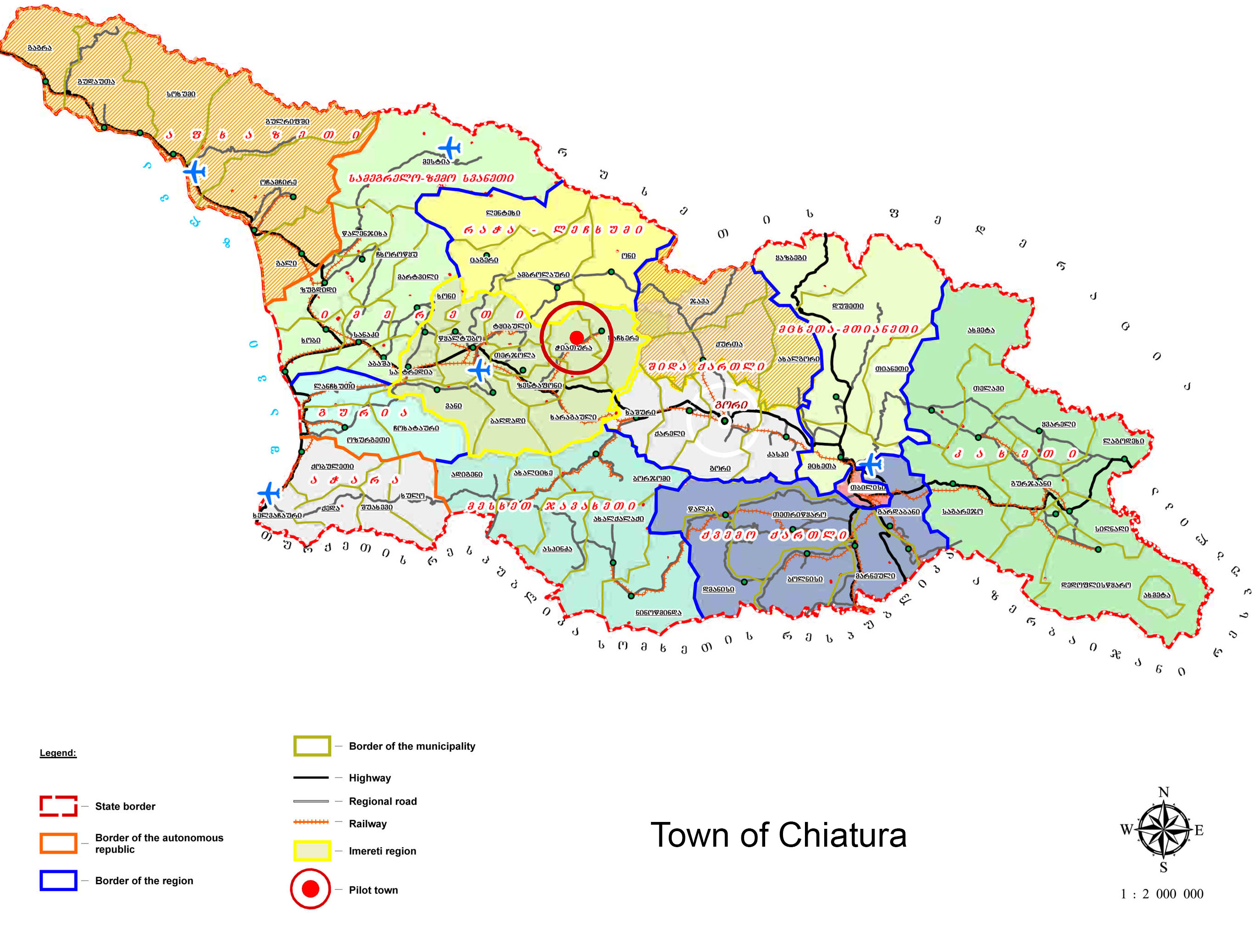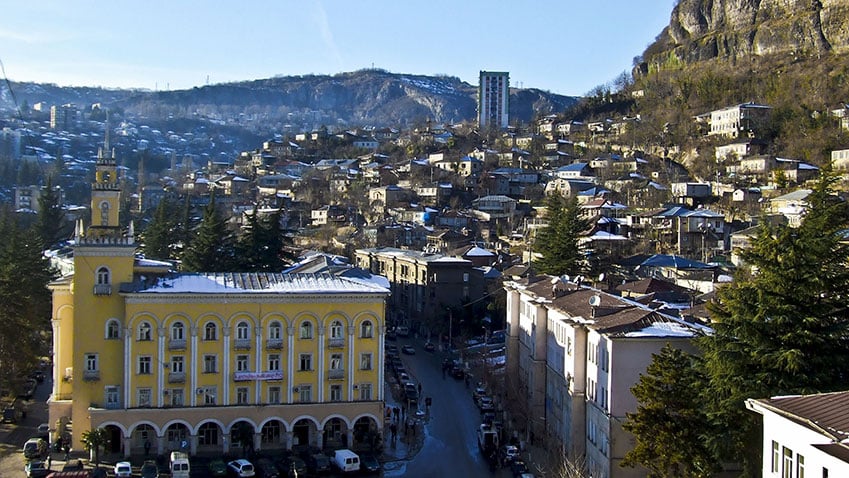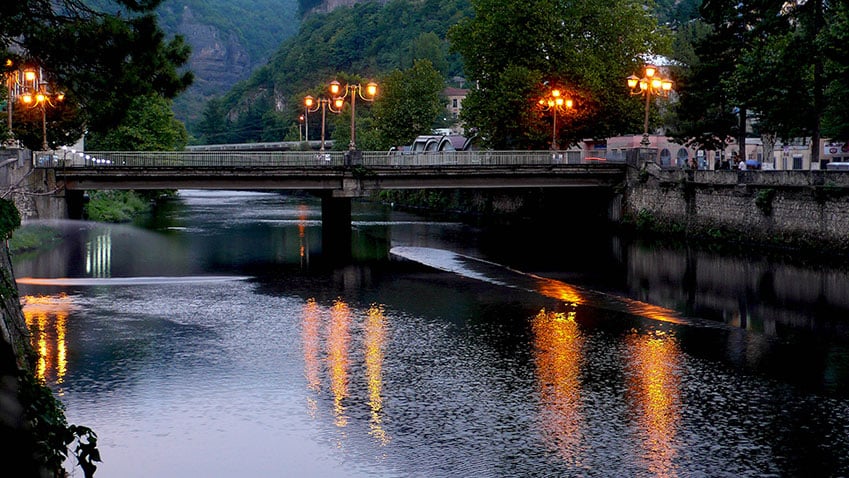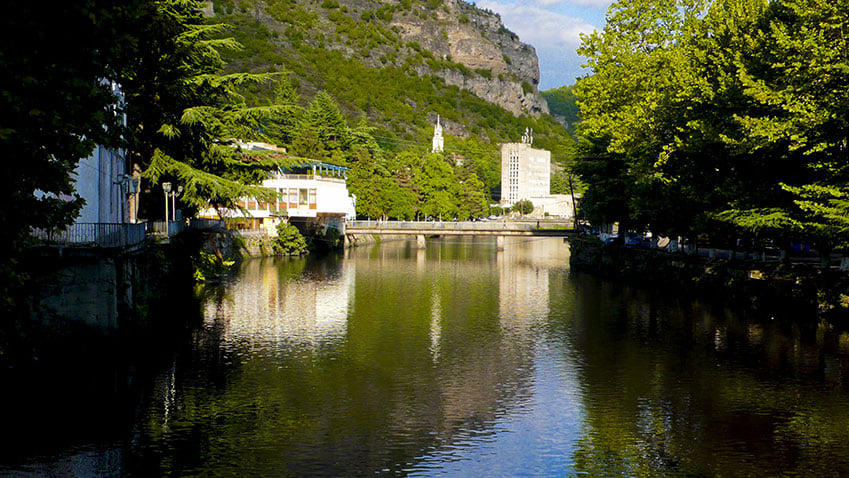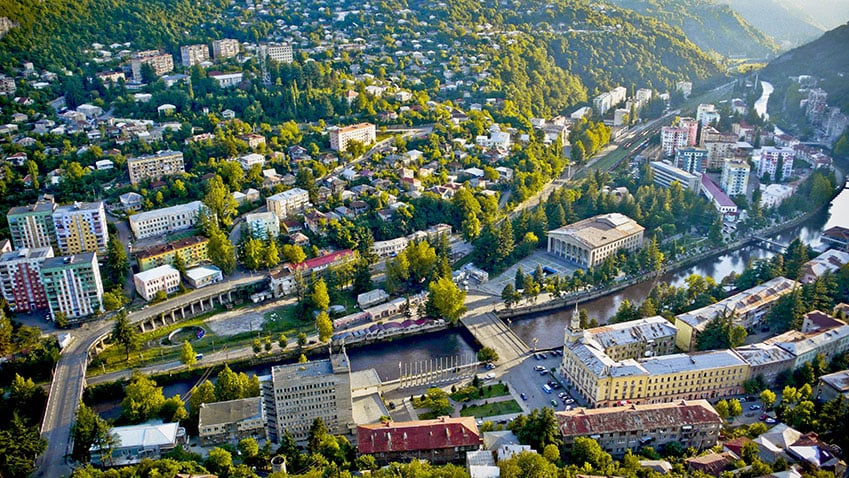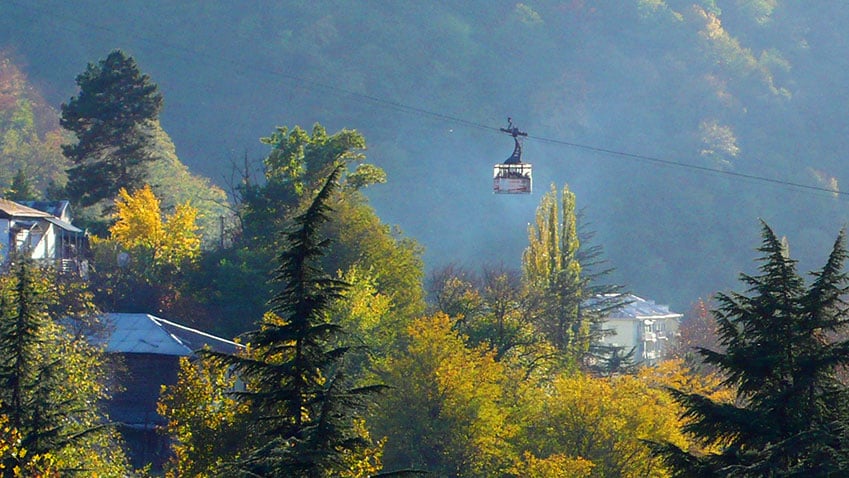COMUS Pilot town: Chiatura, Georgia


Number of inhabitants: 13 746
Area (km²): 54.5 km2
Chiatura was created in the 19th century, with the extraction of rich manganese deposits, and flourished as a Soviet industry throughout the 20th century. The town territory has rich archaeological evidence from the prehistoric period, medieval monasteries and historic urban fabric dating to the end of the 19-20th centuries. However, its outstanding value is in its industrial heritage. These important buildings give a unique representation of an ultimately important period of Georgia’s history.
 outputs
outputs
Chiatura
- Preliminary Technical Files (PTF)
- Reference Plan (RP) in Georgian
- Preliminary Technical Assessments (PTA) :
- PTA1- The cableway #25 Centre-Perevisa rehabilitation
- PTA2- Rehabilitation of the recreational area “Pioneer Park” with the viewing platform and the youth centre
- PTA3- Establishment of the visitor information centre
- PTA4- Establishment of the youth innovation centre (in collaboration with the National Innovation Agency)
- PTA5- Rehabilitation of the local lore museum
- Feasibility Study (FS) :
 Statement by the Governor about COMUS
Statement by the Governor about COMUS
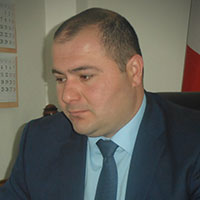 "I am happy that Chiatura, which is a unique town from the point of view of cultural heritage, was selected as a pilot town for COMUS, and thus, became partner with the Organization of World Heritage Cities. During the next two years, we look forward to implementing new methodologies and approaches offered by the Council of Europe and the European Union. I think the project can improve local living conditions and support social cohesion. COMUS will also assist in improving the town’s appearance and in rehabilitating the historical environment, helping in the same way to overcome challenges in the field of urban planning and spatial organisation. Chiatura is remarkable for its ropeway infrastructure and industrial heritage related to manganese extraction, but the town needs solid financial assistance to preserve and adequately develop these resources. We hope that COMUS will assist in transforming these heritage assets into a resource for economic development, inter alia through tourism potential, and that ultimately this will have a positive impact on the local socio-economic conditions of the local community."
"I am happy that Chiatura, which is a unique town from the point of view of cultural heritage, was selected as a pilot town for COMUS, and thus, became partner with the Organization of World Heritage Cities. During the next two years, we look forward to implementing new methodologies and approaches offered by the Council of Europe and the European Union. I think the project can improve local living conditions and support social cohesion. COMUS will also assist in improving the town’s appearance and in rehabilitating the historical environment, helping in the same way to overcome challenges in the field of urban planning and spatial organisation. Chiatura is remarkable for its ropeway infrastructure and industrial heritage related to manganese extraction, but the town needs solid financial assistance to preserve and adequately develop these resources. We hope that COMUS will assist in transforming these heritage assets into a resource for economic development, inter alia through tourism potential, and that ultimately this will have a positive impact on the local socio-economic conditions of the local community."
Mr Sulkhan MAKHATADZE
Governor of Chiatura Municipality
 priorities
priorities
Heritage specificities
Chiatura is one of the few towns in Georgia which emerged for industrial purposes. The spatial distribution of the town is interesting, as for example its complex ropeway system which was an innovation at the time of the Soviet Union and remains unique in Georgia and in the post-Soviet space. The stations are from different periods and architectural styles from Constructivism to “Stalinist” and late modernism. It is the landscape and the ropeway system which give the town a unique appearance. There are numerous other industrial heritage assets: mines, tunnels, bridges, plants as well as the earliest railway line in Georgia. The town also boasts a 150 year tradition of drama theatre, medieval ecclesiastic architecture and karst caves with rich prehistoric archaeological findings.
Local challenges
Since the collapse of the Soviet Union, the manganese extraction has become a privately owned business. Deregulated policies allowed extraction to take place with little or no environmental or social responsibilities. The once prosperous town has been on the brink of ecological and economic collapse. As identified by local stakeholders, the ultimate problem of the town is environmental degradation, unemployment and deteriorated infrastructure (the unique public ropeway infrastructure needs urgent renovation) all of which drive inhabitants to leave the town. COMUS is expected to assist in identifying possibilities for using heritage as an alternative resource for the town’s development, and thus facilitate the improvement of local living conditions in the long run.

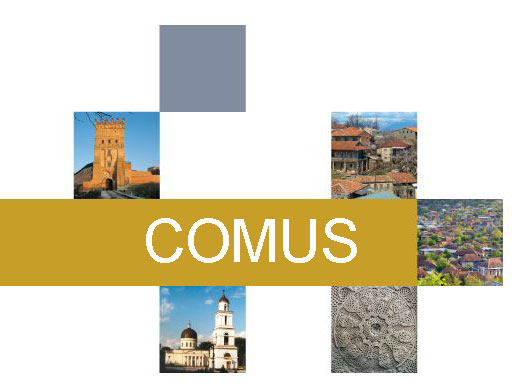
 contacts
contacts
Governor of Chiatura Municipality

- Mr Sulkhan MAKHATADZE
National Coordinator
- Ms Leila TUMANISHVILI
Project Officer
- Ms Rusudan MIRZIKASHVILI
Project Implementation Unit
- Ms Khatuna TSERTSVADZE
COMUS Project Manager
Coordinator of the governor representatives in the Chiatura Municipality, Chiatura Municipality Administration - Ms Nino SHUKAKIDZE
COMUS LSG coordinator
Specialist of Gender issues, Chiatura municipality administration - Mr David MACHAVARIANI
Main Architect of Chiatura Municipality, Chiatura Municipality Administratio - Mr Lasha GOTSADZE
Head of the Infrastructure and Territorial Enhancement Unit, Chiatura Municipality Administration - Mr Valeri KAPANADZE
Member of Municipal Council of Chiatura
Member of the Commission for Culture, Education and Youth - Ms Tamar KENCHOSHVILI
Specialist for tourism, Centre of Culture of Chiatura - Ms Inga MACHARASHVILI
Specialist, Centre of Culture, Museum division
 news
news
Head of National Tourism Administration visits Chiatura cableway #25
 general information
general information








